What Is Sintered Stone (Differences vs Granite & Quartz)
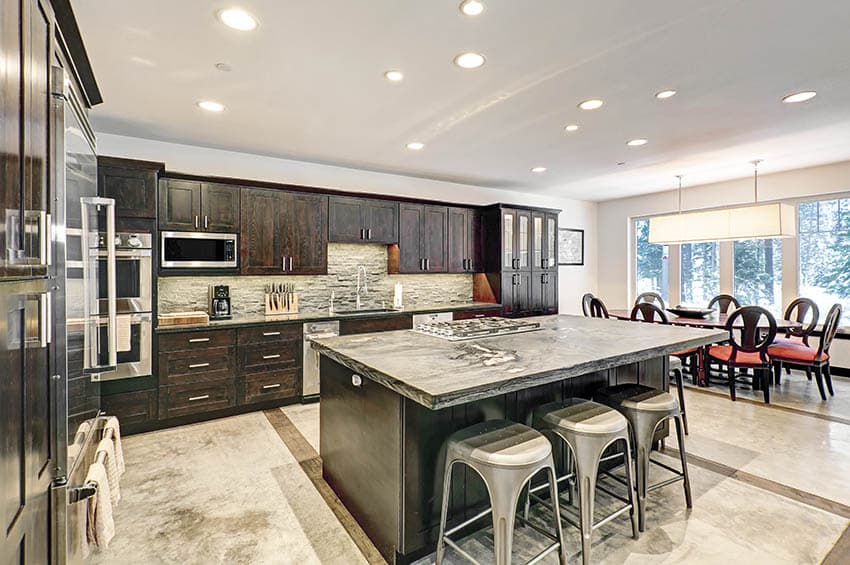
Sintered stone is one of the new hot topics in interior design. They are the best of both worlds – natural and engineered. Sintered stone uses natural materials for beautiful surfaces and an engineered process that adds speed and flexibility. The speed helps save money, and the flexibility allows the choice of color, texture, and size. All these options are available while still having quality materials at the base of the surface.
What Is Sintering?
Sintering is a process of combining multiple materials into one solid piece. It mimics the natural process that creates granite. The sintering process is the manmade version of the intense heat and pressure that the Earth uses to create certain surfaces. The materials must be selected and followed when making these surfaces, mimicking the earth’s natural textures.
Knowing what colors and textures are desired in the final outcome is best before choosing natural materials. Typically, in interior design, something sintered is used as an expensive kitchen countertop; this material has many other uses, such as fireplace surfaces, wall cladding, and flooring.
What Are Sintered Surfaces?
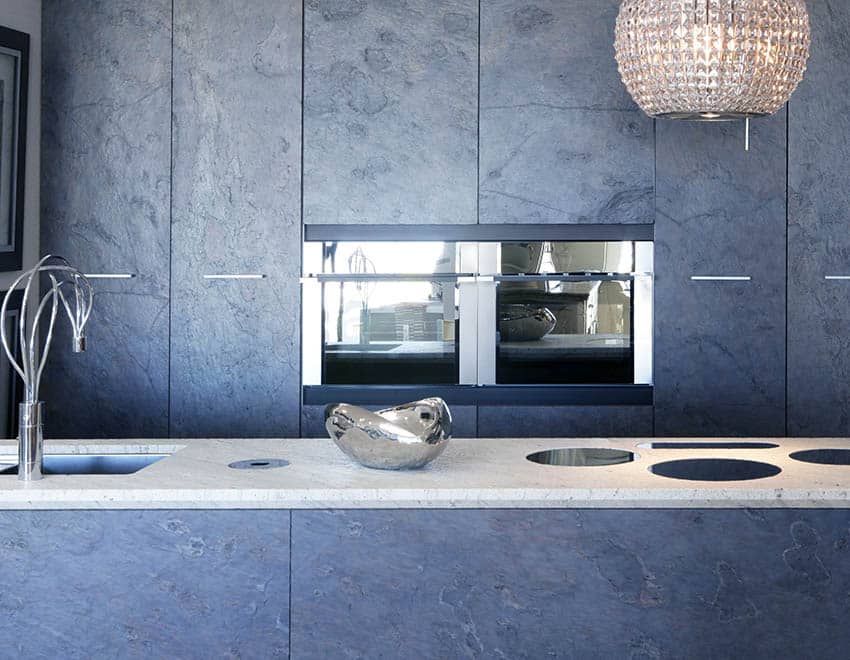
Sintered surfaces are made from natural materials that go through the engineered process of sintering, mimicking the natural compression and heat of the environment. These surfaces give the illusion of natural faults and unique qualities. The resulting surface can appear like natural stone, wood, or a smooth surface.
This type of material can be made in various colors, shapes, sizes, and textures, all while still using natural materials. This stone is a relatively light material, requiring fewer structural elements on the surface. Sintered stone is commonly used for countertops, backsplashes, and other kitchen finishes. It can also be used for flooring, swimming pools, outdoor flooring, and pools and spas.
These surfaces can cover large areas as they are durable, easily cleaned, and have a good price point. These textured, natural-looking surfaces are extremely applicable in outdoor settings as they are water—and weatherproof.
How Much Does Sintered Stone Cost?
Sintered stone is typically measured and priced by square footage. The price per square foot of sintered stone is around $60 to $100 installed. This can vary based on design, colors, shapes, and sizes. Depending on the area, installer, and installation materials needed, the price can change a little bit as well.
If you can do the installation yourself, the price will decrease. However, it is not recommended, as it typically requires a professional.
On average, the total price is about $3750. For higher-end or larger pieces, you can expect a price of about $5000, and for lower-end or smaller pieces, they can run as low as $1000. Get a quote from your local dealer for an exact price.
Sintered Stone vs Granite
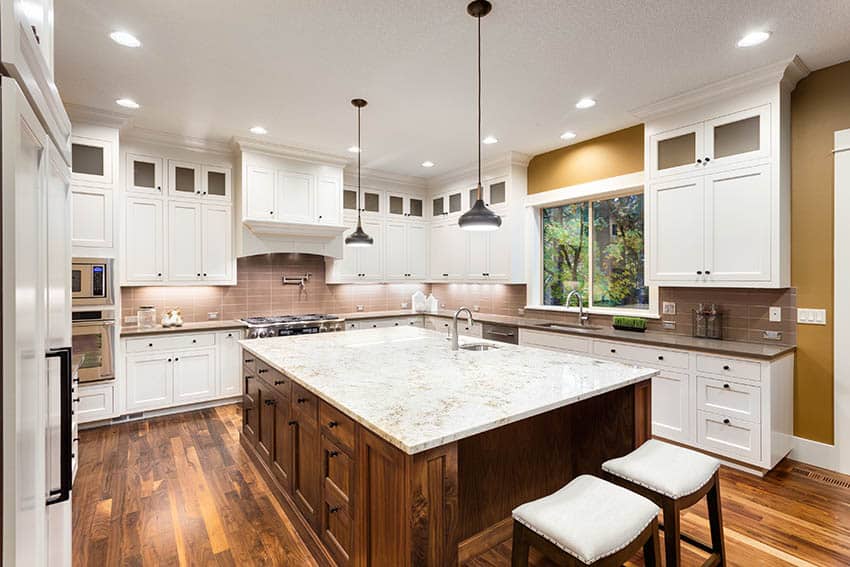
Sintered stone is a manufactured or engineered material, while granite is a natural material. Granite is a very durable material that is resistant to cracking and breaking and is heat resistant. Granite is also tough enough to dull knives! Unfortunately, since granite is a natural material, it is quite porous and must be sealed every six months.
This type of material has many great qualities compared to the ever-sought-after granite countertops. Like the granite mentioned above, sintered stone is resistant to heat, ice, and freezing temperatures. It is also resistant to scratches and UV rays that can cause imperfections in the surface.
While granite is a porous material, sintered stone is the opposite; instead, it is waterproof without needing to be sealed. Thanks to its resistance to scratching and waterproof quality, it is way more hygienic than a surface like granite, which could harbor bacteria if not taken care of properly.
Additionally, the treatment has a broad selection of colors, pigmentation, and designs available, while granite is typically based on the natural elements creating it.
Granite is an extremely heavy material and can be quite difficult to install yourself. This is generally the same for this type of material, but it is lighter, depending on the size.
Additionally, the sintered stone has a high mechanical resistance, meaning that it has a flexural structure. Flexural structure relates to how much support the surface needs and how thin it can be. These materials can be thinner and require less support than granite counters would need.
Sintered Stone vs Quartz
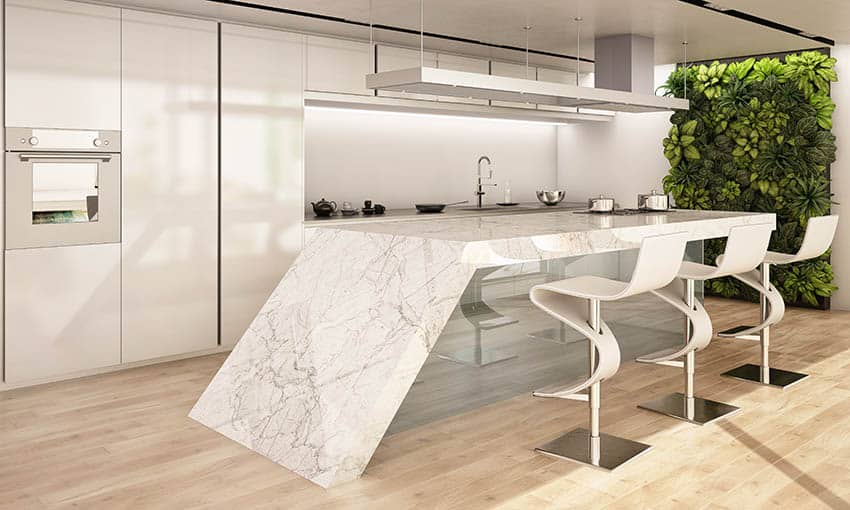
Sintered stone and quartz share the quality of being man-made engineered products. Quartz is a nonporous stone that is resistant to staining and scratching. The biggest difference between sintered materials and quartz stones is that sintered materials are made from natural materials, while quartz includes man-made products like resin and binders.
These stones are made by engineered processes, allowing for quicker turnarounds. One downside of quartz is that it can get burned if exposed to extreme heat, while the alternative can withstand high temperatures.
The processed stones and quartz are extremely hard, even harder than granite, with the former slightly harder than quartz. As mentioned, quartz is nonporous, as is the sintered stone, which is extremely hygienic and antimicrobial. Additionally, these materials can be selected and made in various colors. This is because the color can change during the manufacturing process.
Sintered stone is particularly useful in long applications and on islands. Its surface is lighter than that of other natural materials, which is important because it allows the user to have a longer overhang. Not only can they have a longer overhang, but they can also have less support as there is a lesser possibility of it breaking.

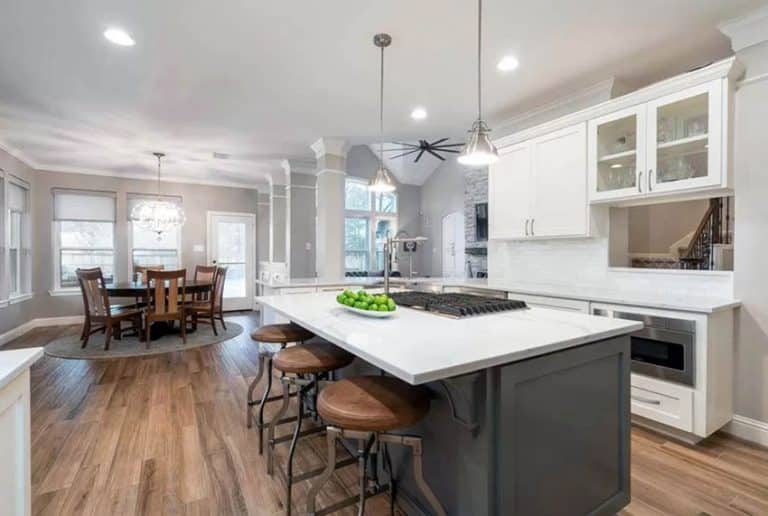
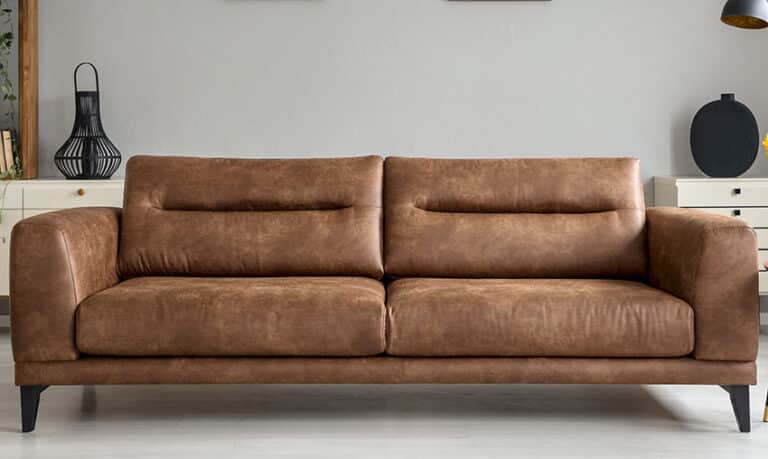
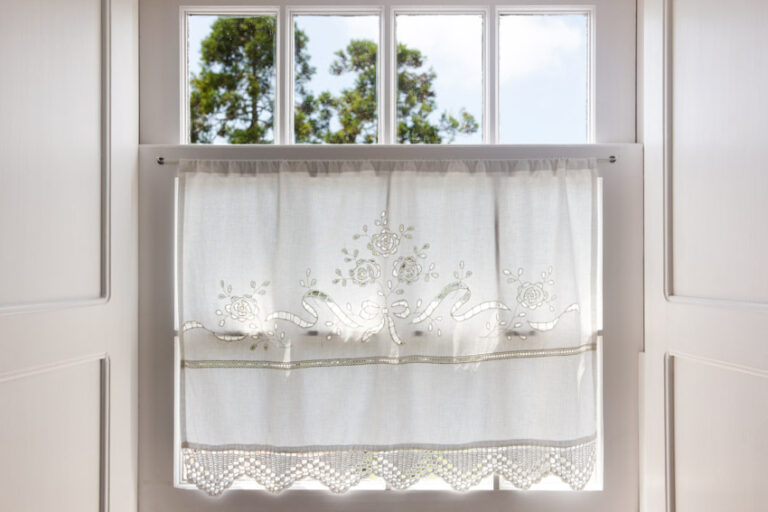

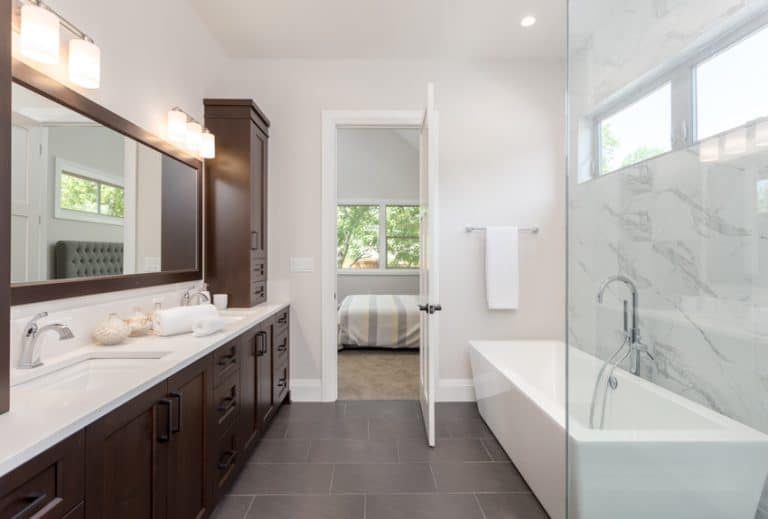
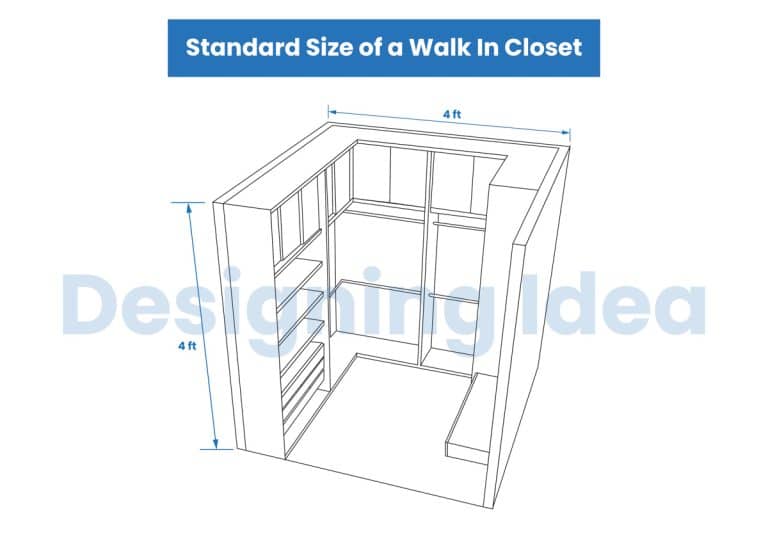
Hi. Thank you for the info…
Is sintered stone more expensive than quartz? I have a fabricator saying it will run approx. $3500 for the material vs. $1200 for quartz and doesn’t include install. I’m in northern NJ.
Also, are you aware of other companies besides Dekton and Neolith for sintered stone?
Thank you
@Lena, I would recommend getting various estimates
Prices all depend on the supplier which is your best bet for pricing while getting a separate price for installation.
Sintered stone was the most appealing, practical and economic option for us.
Your installer may have his own preferences.